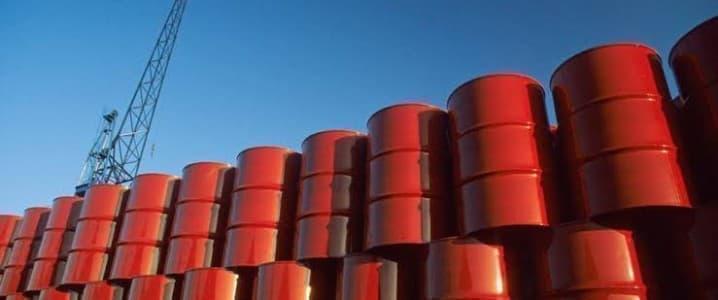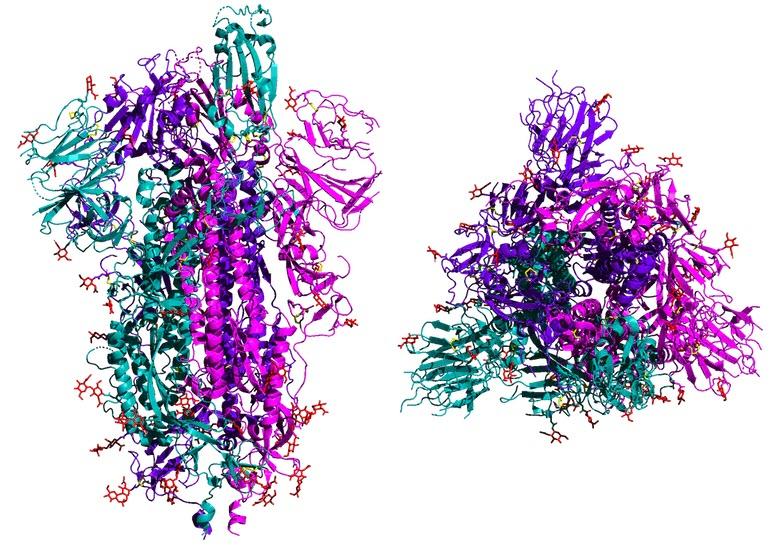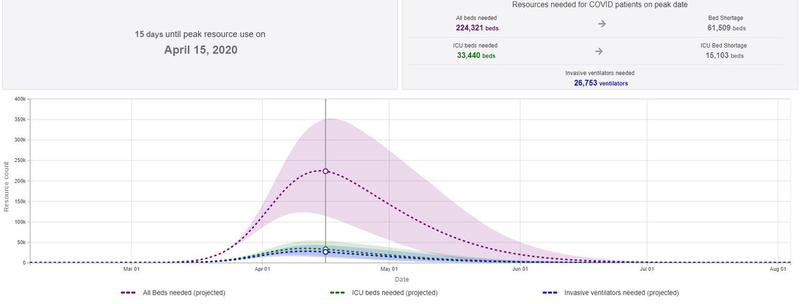A group of Oregon residents want their rural counties to be absorbed by Idaho, to throw off the control Portland exerts on a very different area of the state. Two counties have already voiced majority support for the idea in ballot initiatives.
The latest step for the organizations Move Oregon’s Border and Citizens for a Greater Idaho, was to present the idea to House and Senate committees in the Idaho legislature.The former house speaker of Oregon, who lives in one of the counties that want out, joined the movement’s leader to help pitch the plan.
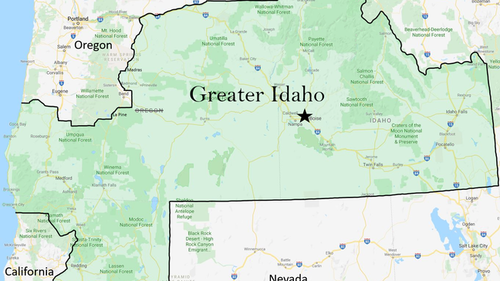
In order to move the border, both Oregon and Idaho legislatures would have to approve the plan, as would the US Congress. Even the groups’ leaders admit that’s a long shot, but said, “When the 13 colonies got together, it was a long shot.”
And that spirit of freedom is what the movement wants to capture— escaping what they see as a tyrannical state government which does not represent the interests of the rural sections of the state.
What this means:
Don’t count on this movement becoming a reality. But what’s interesting is that the reorganization of political jurisdictions is being taken more seriously. The Idaho legislature’s willingness to consider it certainly lends the movement some credibility.
Plenty of groups around the world are fighting for more political autonomy and independence from centralized governments that do not represent them.
If just one of these long shot groups has its way, the precedent could lead to a domino effect.
What you can do about it:
Here are a few independence movements happening around the world, and where they stand.
Texas
Seeing as Texas was in fact an independent country from 1836-1845, it has perhaps the best case of any US state for becoming a sovereign nation once again. An independent Texas would have the 10th largest economy of any country, rank 40th worldwide by land area, and 50th by population.
A bill introduced this year in the Texas house of representatives would create a non-binding referendum to be held this November where voters could vote yes or no on the question:
“Should the legislature of the State of Texas submit a plan for leaving the United States of America and establishing an independent republic?”
If “yes” prevails, then the legislature would be required to put together a plan to exit by 2026— although the plan, again, would not be binding.
The plan would have to address a number of questions like how much of the US debt Texas would take on— over $2.5 trillion if total US debt was apportioned based on population. Based on the language of the bill, Texas expects the US government to agree to the secession, and enter negotiations for “free trade,” “common travel,” and “collective defense” agreements, plus allow Texans to keep certain government pensions and benefits.
Would DC agree to let Texas go? It seems unlikely, but then again, it would give the Bolsheviks a larger political majority to control the Senate, House, and Electoral College.
Some call the renewed movement to secede from the USA “Texit” referencing Brexit, Britain’s exit from the European Union.
But while EU membership is voluntary, the Civil War set the precedent that state membership in the US is not. (Opposing this view is the compact theory of the states, which asserts that US states entered a compact to form the federal government, and this fact gives states the ability to exit the union.)
Still, it’s impossible to know how such a Texit would go, given the rapidly changing political environment, full of unprecedented events.
Catalonia
Catalonia has somewhat of a complicated history of independence from the surrounding countries of Spain and France. It was occupied by Spain in 1714, and in 1833 Spain broke the Principality of Catalonia into four provinces. More recently, Catalonia was allowed some small degree of regional self governance, while remaining strictly under the jurisdiction and control of Spain.
The Catalan language is unique from Spanish, and generally not considered simply a Spanish dialect. Catalonia is also bordered by the tiny independent country of Andorra to the north, whose official language is Catalan.
The population of Catalonia is around 7.5 million, and the region is wealthier than the rest of Spain. That means it is a net contributor to the Spanish government, giving more than it takes back in government benefits and expenditures. That might be why Spain has not taken kindly to a recent Catalan Independence Movement.
It culminated in Spain declaring a 2017 independence referendum illegal and police attacking polling stations. The prosecution of Catalan Independence leaders for sedition and misuse of public funds followed. Some are still in prison, and others who fled the country are now facing possible extradition to Spain after the European Parliament recently waived their immunity.
The future of the movement is uncertain, but pro-independence parties took more than 50% of the vote in regional elections held in February.
Scotland
If the UK can pull out of the European Union, why can’t Scotland pull out of the UK?
Although in a 2014 referendum the majority of Scottish voters chose to stay in the UK, polls show that opinions may have shifted since then. The pro-independence Scottish National Party, which has led Scotland’s government for 14 years, has been gaining ground.
Scottish parliamentary elections in May will show whether that ground will be lost due to recent scandals involving party leadership.
The Scottish parliament did originally vote to join Great Britain in 1707. And it would be hypocritical for the UK to argue against political self determination given Brexit.
Western Cape
A movement among South Africans seeks to separate the Western Cape, which includes Cape Town, from the rest of the country. The Cape Independence Advocacy Group distills its argument into seven words, “We are better off on our own.” The Western Cape region is a net payer of taxes, and is not politically aligned with the national government’s ruling party, the African National Congress (ANC).
About 47% of Western Cape voters currently support holding a referendum on secession from the rest of South Africa.
The movement appears to stand on firm legal ground, given section 235 of the Constitution which states that “The right of the South African people as a whole to self determination, as manifested in this Constitution, does not preclude, within the framework of this right, recognition of the notion of the right of self-determination of any community sharing a common cultural and language heritage; within a territorial entity in the Republic or in any other way, determined by national legislation.”
And given the ANC’s support for self determination, and its recent support for the secession of South Sudan, it would be contradictory to oppose independence if the majority of Western Cape voters wanted it.
Considering all these secessionist movements (and more, like the State of Jefferson in northern California/southern Oregon and the State of Liberty in central and eastern Washington).
Sources: Sovereign Man









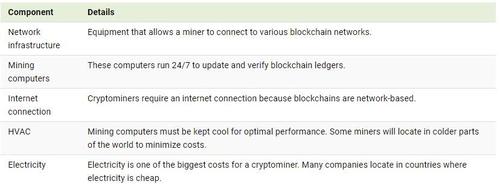



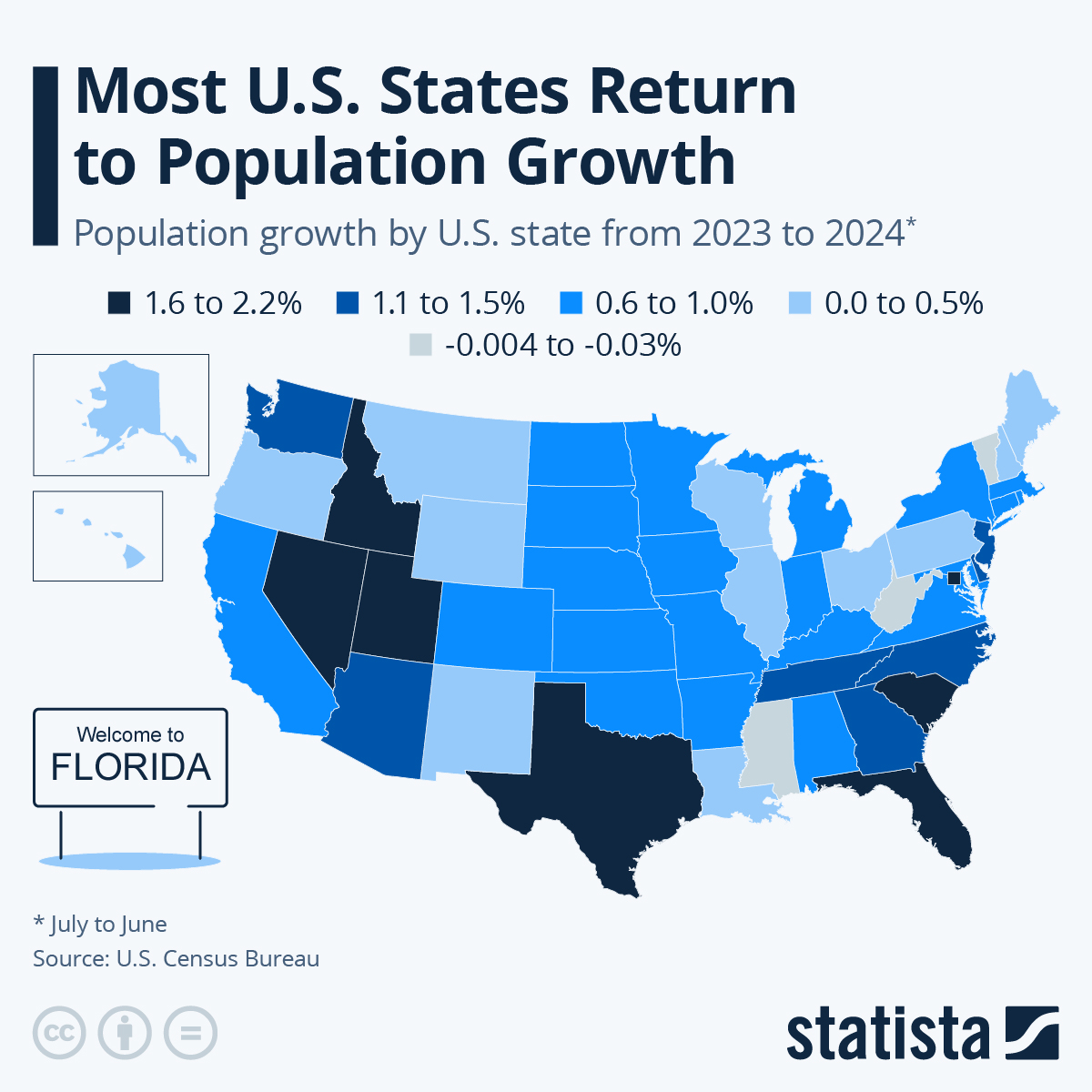
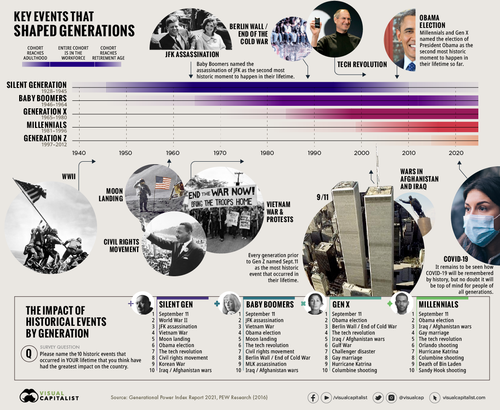




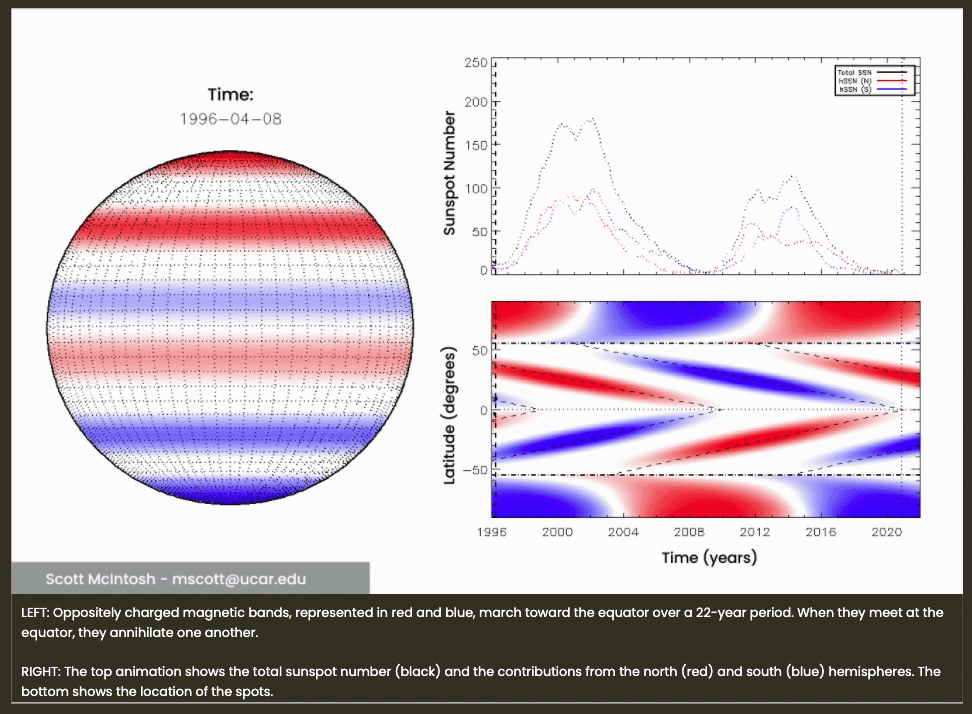
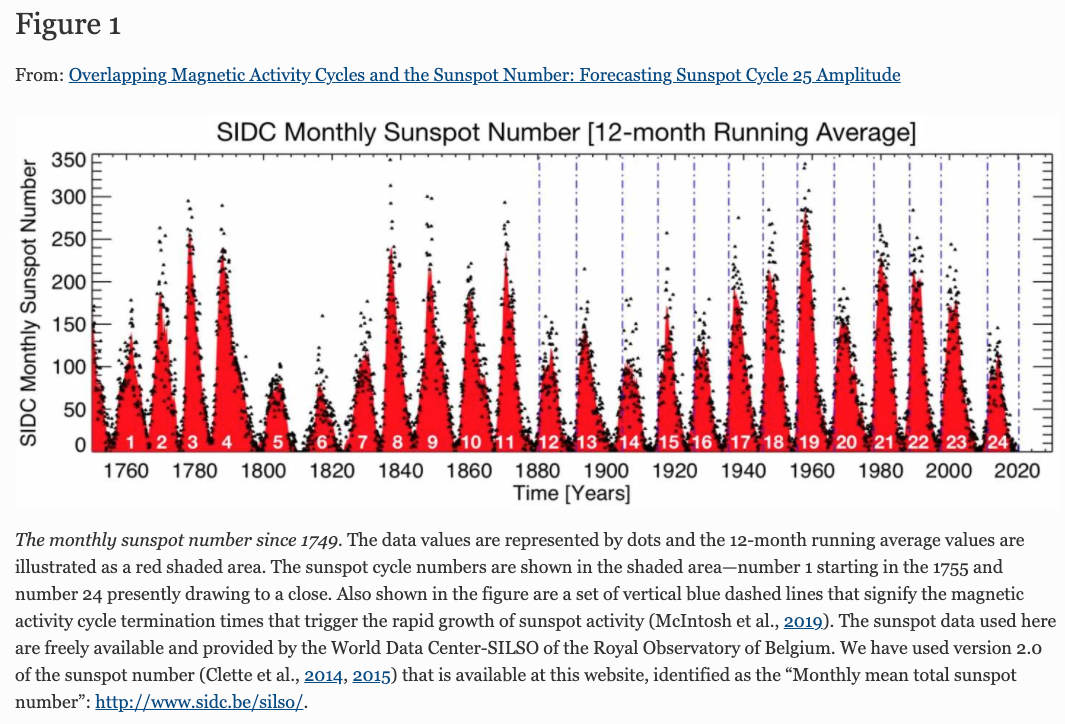
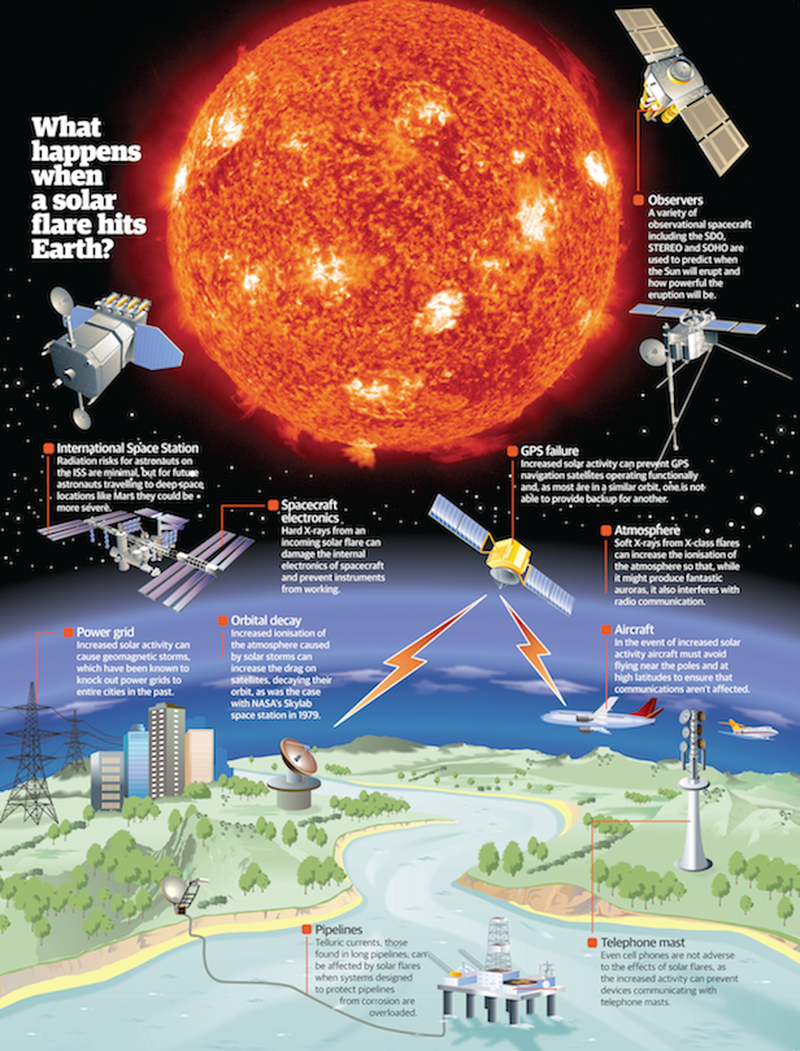




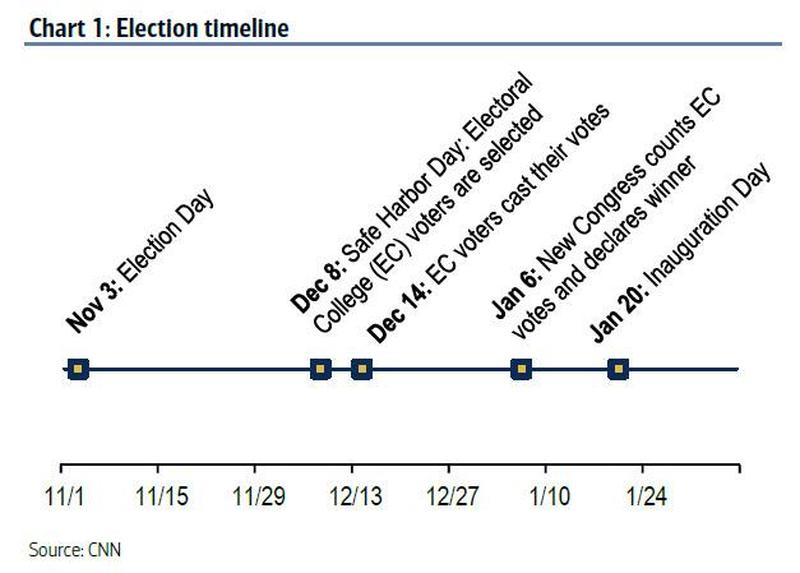
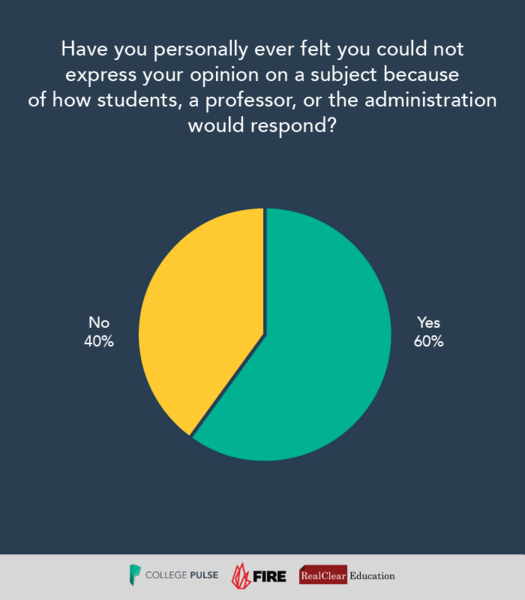
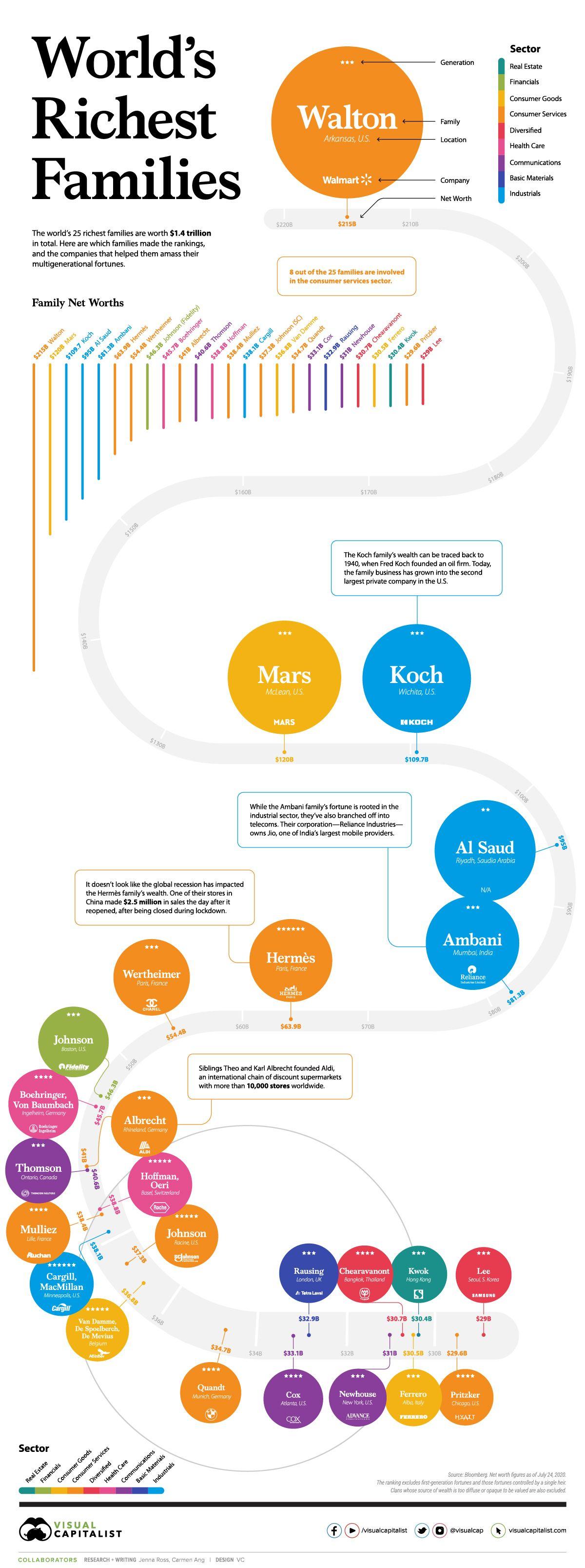
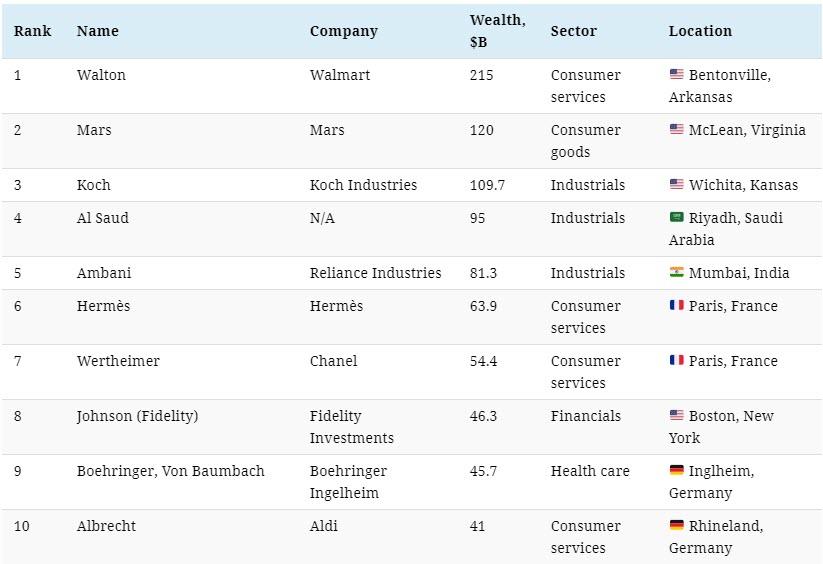
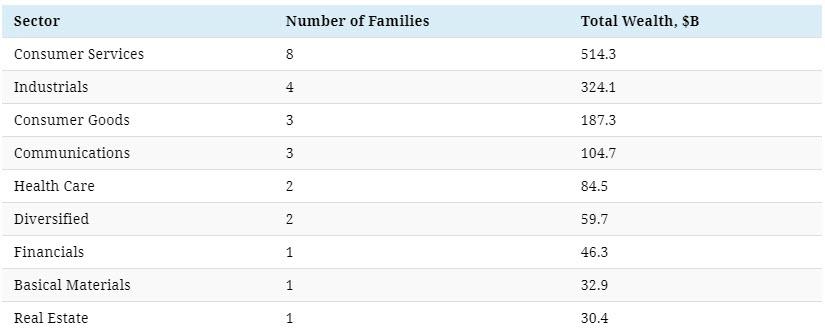
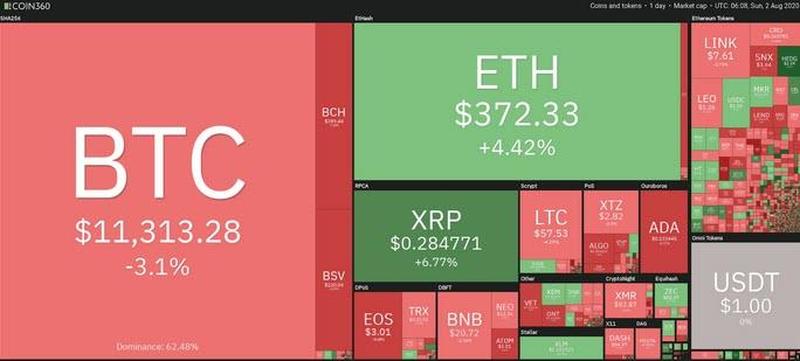


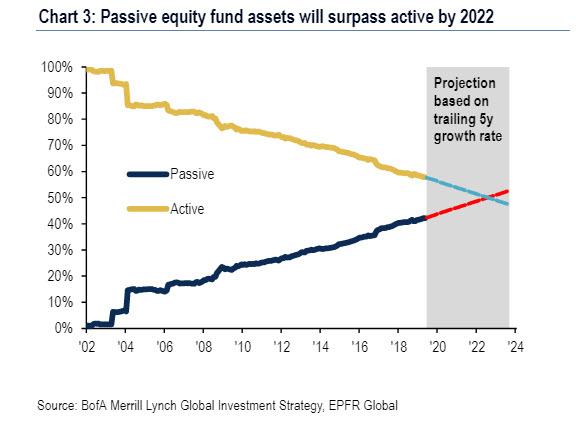
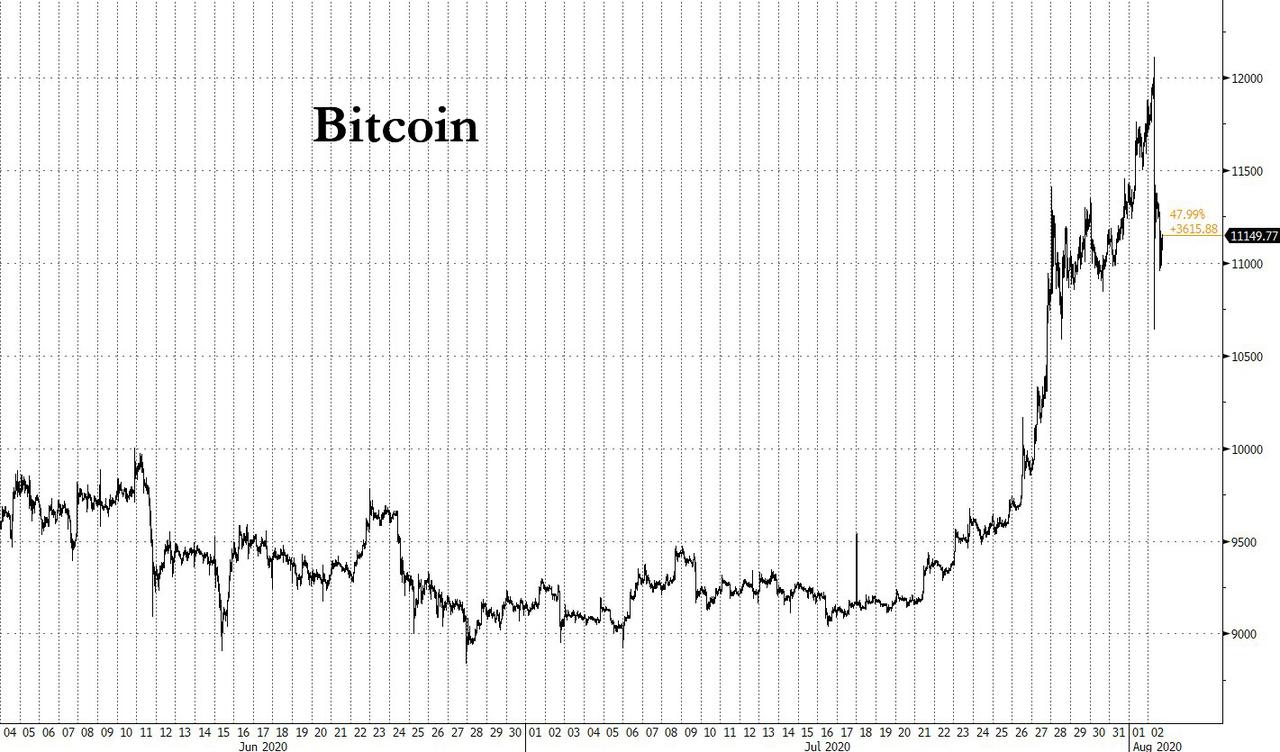


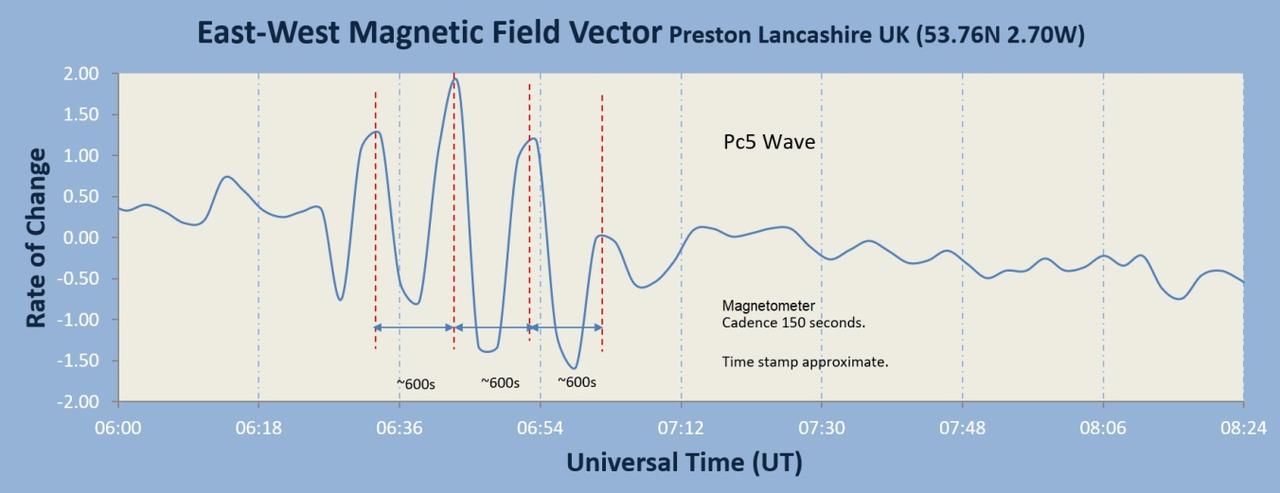
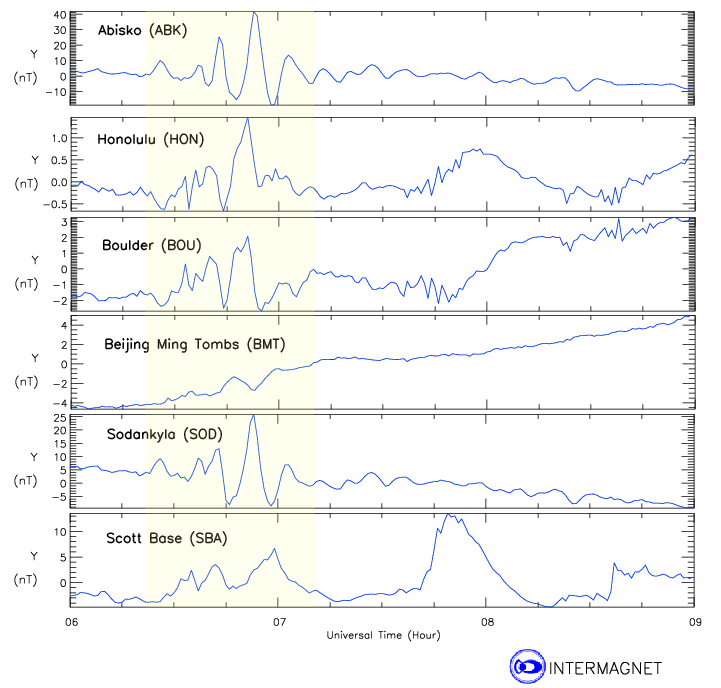


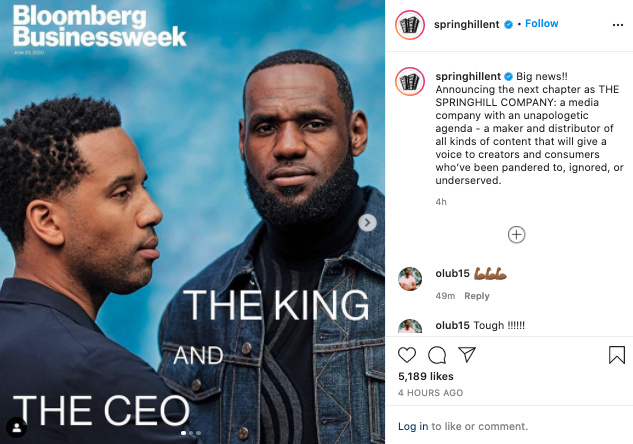
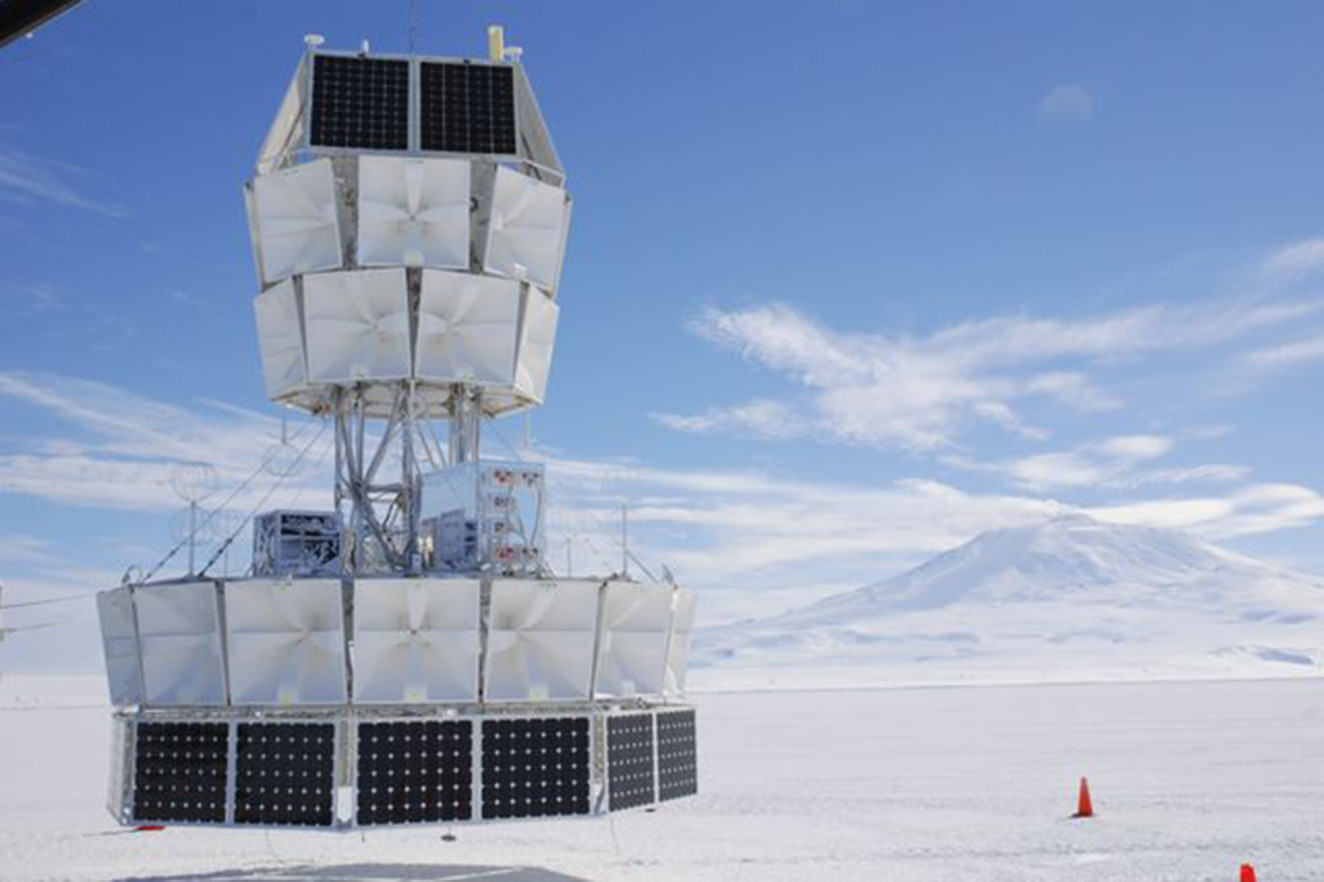 ANITA Antarctic Hang Test/University of Hawai’i at Manoa
ANITA Antarctic Hang Test/University of Hawai’i at Manoa








